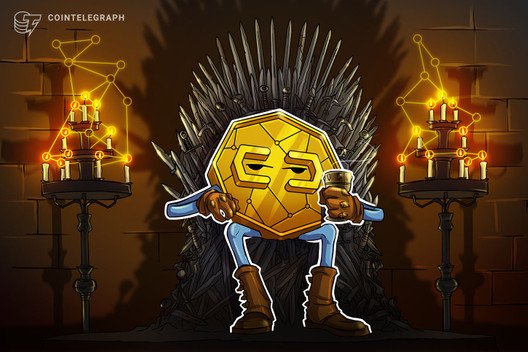Uncertainty prevails as December 2021 Bitcoin futures show an inverted pattern
The inverted pattern in the Bitcoin futures curve is a signal that investors’ confidence in BTC price continues to slump.
558 Total views
4 Total shares

It’s not yet known whether Binance’s recent news of being temporarily suspended from the U.K.’s financial system is the main driver behind today’s Bitcoin (BTC) price drop. As Cointelegraph reported, the exchange sent emails to affected customers but has not given any details.
Regardless of the reason behind the price weakness, derivatives contracts started to display some oddities, and this could be a troubling sign.
Bitcoin quarterly futures are the preferred instruments of whales and arbitrage desks. Although it might seem complicated for retail traders due to their settlement date and price difference from spot markets, their most significant advantage is the lack of a fluctuating funding rate.
When traders opt for perpetual contracts (inverse swaps), there is a fee usually charged every 8-hours that will change depending on which side demands more leverage. On the other hand, fixed-date expiry contracts typically trade at a premium from regular spot market exchanges.
This effect occurs as sellers are postponing settlement, therefore requesting compensation for this time.

As depicted above, the Sept. 24 contract is trading with a 2.2% annualized premium at Deribit, while the Dec. 31 contract is at 3.8%. This curve is precisely what one should expect in healthy markets because a longer settlement period would usually cause sellers to request a more substantial premium.
Keep in mind that there’s a decent ‘Cash and Carry’ activity being deployed by arbitrage desks, buying Bitcoin while simultaneously shorting (selling) the futures contract. These players aren’t effectively betting on a negative price swing as their net exposure is flat, but this activity limits the premium on futures contracts.
Related: Bitcoin price is down, but here’s 3 reasons why $1B liquidations are less frequent
Focus on the broader picture, is the 3-month premium below 4%?
Therefore, a couple of exchanges presenting a flat or slightly inverted futures’ curve should not be interpreted as a bearish indicator. More importantly, investors should measure the 3-month futures premium, which should stay above 4% annualized.
Whenever this metric falls below that, it indicates a lack of interest in leverage longs and is interpreted as bearish.
Currently, the average September annualized basis (premium) of the four exchanges examined is running at 3.3%, which is definitively worrisome.
However, this is not unusual after the market experienced a 50% correction. This situation should simply be interpreted as a lack of confidence from buyers instead of an alarming bearish sign.
The views and opinions expressed here are solely those of the author and do not necessarily reflect the views of Cointelegraph. Every investment and trading move involves risk. You should conduct your own research when making a decision.







